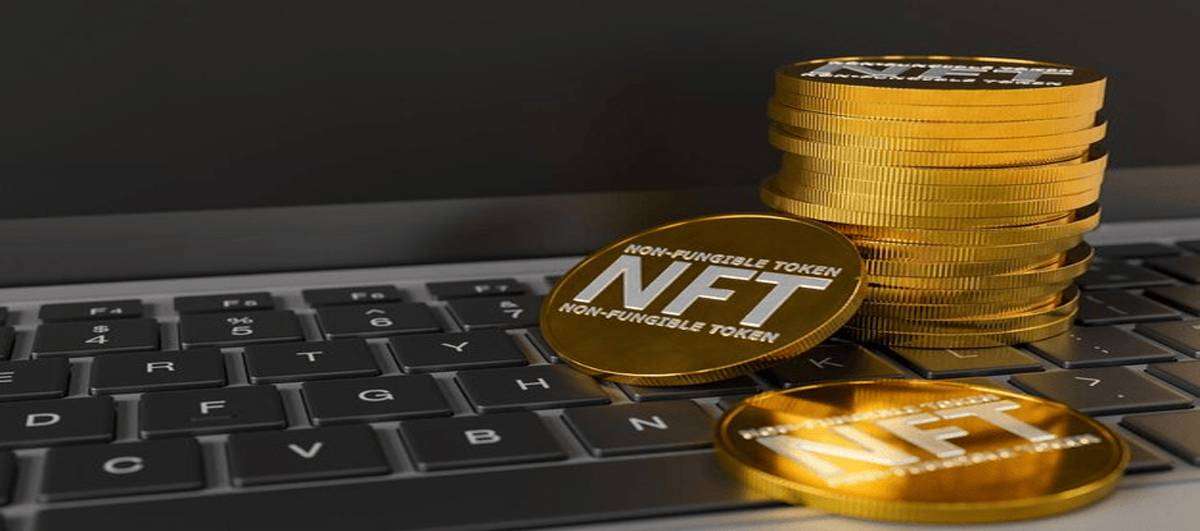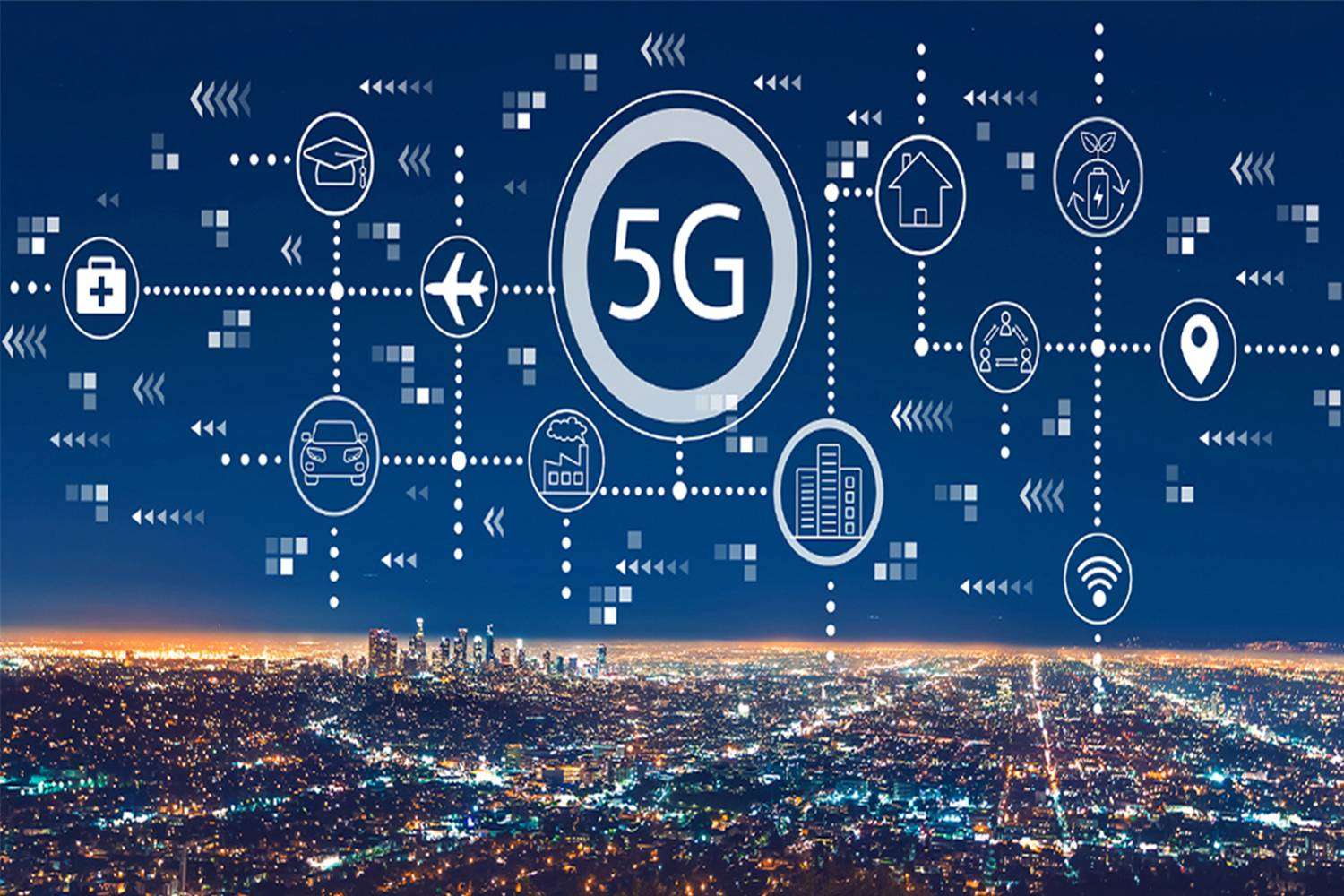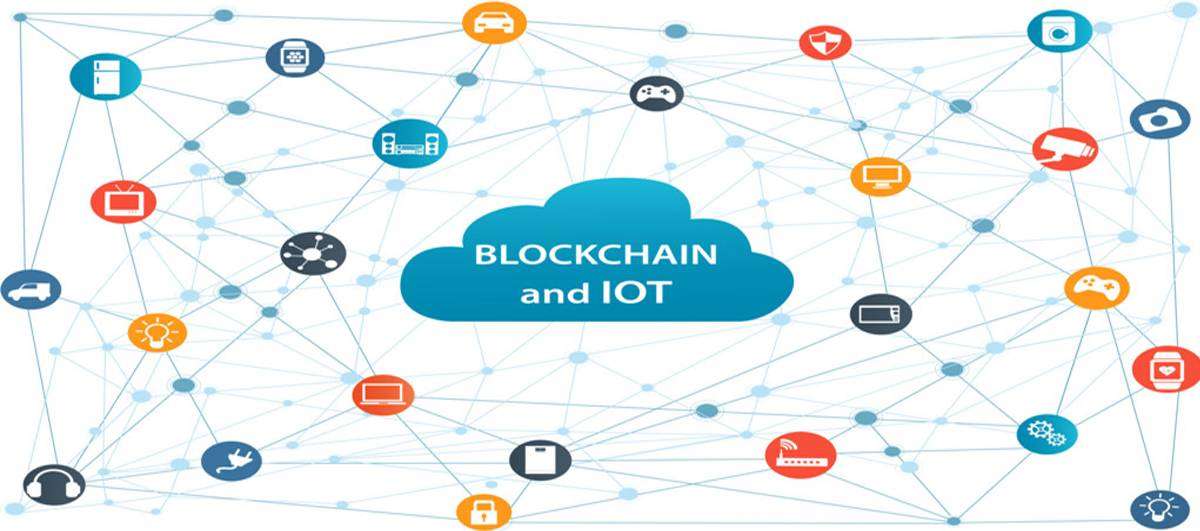NFT Trends 2024: Marketplace Developments

NFT Development Trends Shaping 2024: A Glimpse into the Future
In the ever-evolving landscape of blockchain technology, Non-Fungible Tokens (NFTs) have emerged as a transformative force, disrupting traditional industries and creating new avenues for innovation. As we step into 2024, the NFT space, including the flourishing NFT marketplace development services, is poised to witness groundbreaking developments across various sectors, paving the way for a more decentralized and interconnected future.
Understanding NFTs: The Driving Force of Authenticity
NFTs, or Non-Fungible Tokens, are unique digital assets often linked to images, videos, music, and other media. The distinctive feature of NFTs lies in their non-interchangeable nature, providing content creators with advantages such as authentic origin, high royalties, and enhanced security. Built on the ERC-721 standard, NFTs have gained significant traction since the release of the CryptoPunks collection in 2017, culminating in a record-breaking sale of $23.7 million in February of the following year.
NFT in the GameFi Sector: A Fusion of Decentralized Finance and Gaming
GameFi, a subset of decentralized finance, melds blockchain, and NFT concepts with online gaming, emphasizing player empowerment, sovereign ownership, and an open economy. Axie Infinity, The Sandbox, and Decentraland stand as prominent examples in this sector, where NFTs play a pivotal role as rewards, in-game items, and investments. Despite challenges faced by the decentralized application market, the gaming sector continues to grow, propelled by lessons learned in playability and sustainable tokenomics.
NFT Gambling: A New Frontier in the Gaming Industry
The gambling industry, always seeking innovation, has found a potential ally in NFTs. NFTs in gambling manifest in various forms, including using NFTs for betting on events, offering NFT prizes in casinos, and introducing specialized games like Zed Run, where users can create, improve, and race NFT horses. As the gambling space explores decentralized and attractive avenues, 2024 may witness the emergence of groundbreaking applications.
X-To-Earn NFTs: Revolutionizing Decentralized Gaming
X-To-Earn represents a decentralized gaming concept where users are rewarded for specific actions. This includes “play to earn” (P2E), “learn to earn” (L2E), and “move to earn” (M2E) games. These applications utilize NFTs as rewards, providing in-game benefits, resources, control rights, and stacking options. While the X-To-Earn concept is gaining popularity, 2024 is expected to focus on creating sustainable and promising models, learning from the successes and failures of earlier projects like StepN and Sweatcoin.
AI NFTs: Where Artificial Intelligence Meets Blockchain
AI NFTs, generated using artificial intelligence, offer vast potential for artists, musicians, and content creators in the blockchain space. Beyond creating NFTs, AI in this niche provides opportunities for authentication, prediction, and analysis. Examples like Lost Poets and Metascapes have demonstrated the scale of this trend, with the most expensive AI NFT selling for a staggering $70 million. The integration of artificial intelligence into blockchain enhances capabilities and attracts new users, setting the stage for further growth.
Layer 2 NFT Solutions: Enhancing Scalability and Efficiency
With 28.9 thousand NFT collections deployed on the Ethereum network in 2022, scalability issues have become apparent. Layer 2 solutions, including zero-disclosure rollups, optimistic rollups, Plasma, and sidechains, address these concerns by improving scalability and reducing transaction costs. Platforms like Optimism, Arbitrum, and Immutable X have gained popularity, offering lower gas costs and increased efficiency. As the popularity of Layer 2 solutions continues to rise, 2024 is poised to witness further advancements in this space.
Fractional NFTs: Democratizing Ownership
Fractional NFTs break down non-interchangeable tokens into smaller pieces, democratizing ownership and increasing user participation. With applications in real estate, family subscriptions, and company stock, fractional NFTs have the potential to reshape the NFT landscape in 2024. Notable examples include the Doge meme, split into 17 billion pieces by PleasrDAO, allowing broader participation and ownership.
Soulbound Tokens: Verifiable Credentials on the Blockchain
Soulbound tokens (SBTs) represent publicly verifiable and non-transferable NFTs, enhancing user interaction in the Web3 space. Conceived by Ethereum founder Vitalik Buterin, SBTs find applications in NFT art, DAOs, and certifications/documentation. While not yet widespread, SBTs hold the promise of providing secure and unforgeable credentials, transforming various sectors.
PFP NFTs: Personal Branding in the Digital Space
Profile Picture NFTs (PFP NFTs) are associated with a person’s online profile image or avatar, focusing on personal branding in the digital space. These tokens offer a unique way for users to express support, individuality, and participation in exclusive events related to specific projects. While not fully integrated, PFP NFTs and Soulbound tokens are anticipated to be the next trend in NFT development, contributing to the idea of a digital identity.
NFT Membership Tickets: Enhancing Fan Engagement
NFT membership tickets operate similarly to traditional event or brand memberships, providing benefits for both organizers and fans. With advantages like counterfeiting impossibility and new user experiences, NFT memberships are gaining popularity, offering access to exclusive events, behind-the-scenes content, and voting rights. As seen in projects like Bored Ape Yacht Club, NFT memberships are expected to be a significant trend in 2024.
NFT Rentals and Loans: A New Era of Access and Liquidity
NFT Rentals and Loans introduce flexibility and accessibility to the NFT space. Leasing NFTs allows users to enjoy ownership privileges without a hefty investment, catering to those who may not afford full ownership. NFT loans, on the other hand, enable users to leverage their NFTs as collateral for cryptocurrency loans, offering liquidity while retaining ownership. As the NFT loan market evolves, platforms like NFTfi, Arcade, Drops, and Nexo are pioneering this trend.
NFT Launchpad: Catalyzing NFT Project Growth
NFT Launchpads serve as platforms for creating and launching new NFT projects, similar to initial coin offerings but focused on NFT acquisition. With features like smart contract development, marketing, community management, investor management, and NFT creation and sales, Launchpads accelerate project growth by providing means for development. As a new trend in NFT development in 2024, NFT Launchpads are set to play a crucial role in shaping the future of the NFT ecosystem.
NFT in Education: Unlocking Educational Potential
While NFTs have primarily been associated with art, collectibles, and gaming, their potential in education is gaining recognition. NFTs can be employed to verify educational documents, incentivize learning, and create new markets for educational content. Pioneering institutions like MIT and Duke University have already embraced NFTs for issuing virtual degrees and certificates, hinting at a potential trend in educational NFTs in 2024.
NFT on Social Media: Redefining Monetization and User Experience
NFTs are making their presence felt on social media platforms, introducing new monetization principles, and enhancing user experiences. While NFTs have found relevance on mainstream platforms like Twitter, Instagram, and Facebook, the true potential lies in integrating with web3 social networks such as Mirror, Mastodon, and Braintrust. As users seek alternatives to data-selling and constant advertising, the development of web3 networks, coupled with NFT integration, is expected to be a significant trend in 2024.
NFT Real Estate: Tokenizing Ownership in the Metaverse
NFTs are extending their influence into the real estate sector, both traditional and digital. They serve as tokens confirming ownership either as full certificates or shared ownership. Meta-villages like Decentraland, Sandbox, and Horizon allow users to buy NFTs representing ownership of land, buildings, and other properties. As the NFT real estate trend matures, users may soon have the capability to create entire decentralized cities and ecosystems online.
Conclusion
As we embark on the journey through 2024, the NFT landscape holds vast potential for growth, innovation, and evolution. From gaming and social media to education and real estate, NFTs are transcending boundaries and reshaping industries. Enthusiasts can expect a myriad of trends to define the next chapter of NFT development, providing opportunities for creativity, investment, and collaboration. Stay tuned for the unfolding of these trends, and become an active part of the crypto community to witness the NFT space’s dynamic evolution.












